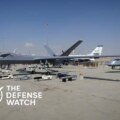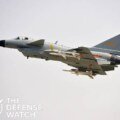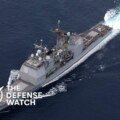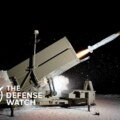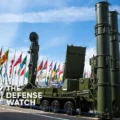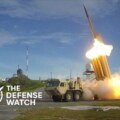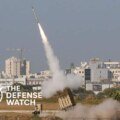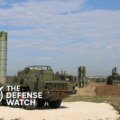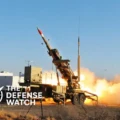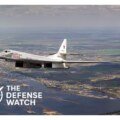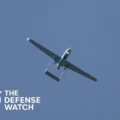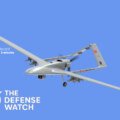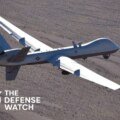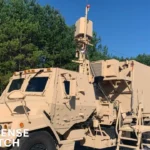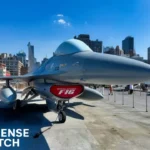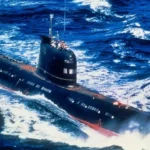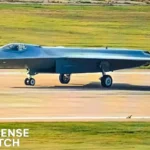- Home
- Catalog
- Fighter Jets
- Chengdu J-10C Fighter Jet
Chengdu J-10C Fighter Jet
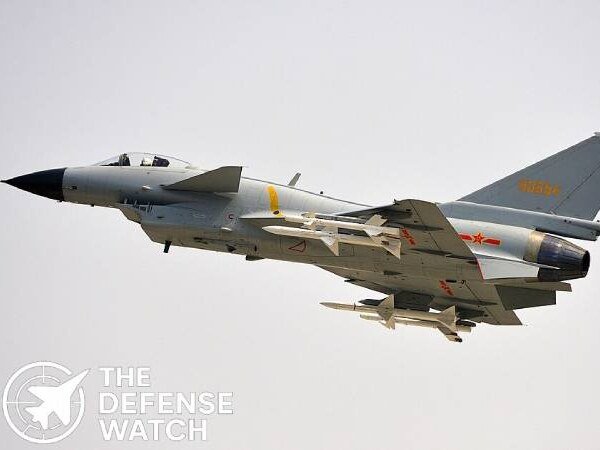




Full Specifications
General Information
| Name | Chengdu J-10C (Vigorous Dragon) |
| Manufacturer | Chengdu Aircraft Industry Group (CAIG) |
| Country of Origin | China |
| Type / Role | Multirole Fighter |
| Generation | 4.5 |
| Status | In service |
| First Flight | 2013 |
| Introduction / In Service Since | 2018 |
| Number Built | 200+ |
| Operators | China, Pakistan |
Dimensions & Structure
| Length | 16.9 m |
| Wingspan | 9.8 m |
| Height | 5.4 m |
| Wing Area | 33 m² |
| Empty Weight | 9,750 kg |
| Maximum Takeoff Weight (MTOW) | 19,200 kg |
| Internal Weapons Bay | None |
| External Hardpoints | 11 |
Performance
| Maximum Speed | Mach 2.0 |
| Range | 1,850 km |
| Combat Radius | ~1,000 km |
| Service Ceiling | 56,000 ft |
| Rate of Climb | 60,000 ft/min |
| Thrust-to-Weight Ratio | 1.1 |
| G Limits | +9 |
Powerplant
| Engine Type | WS-10B Taihang Turbofan |
| No. of Engines | 1 |
| Thrust (each) | 13,200 kgf (with afterburner) |
| Thrust Vectoring | Optional variant |
| Fuel Capacity | ~4,500 kg internal |
Armament
| Gun | 23mm GSh-23 twin-barrel cannon |
| Missiles (Air-to-Air) | PL-10, PL-12, PL-15 |
| Missiles (Air-to-Ground) | KD-88, YJ-91, LT-series |
| Bombs | LS-6, LT-2 guided bombs |
| Hardpoints | 11 |
| Payload Capacity | 6,000 kg |
Avionics & Systems
| Radar | KLJ-7A AESA |
| Radar Range | ~170 km |
| Electronic Warfare (EW) System | ECM suite with radar warning receiver |
| Targeting System | Electro-optical/laser pod |
| Helmet Display | Yes |
| Navigation | INS/GPS hybrid |
| Autopilot / AI Assistance | Fly-by-wire with limited AI assist |
| Communication | Data link with PLAAF C4ISR network |
Stealth & Technology
| Radar Cross Section (RCS) | ~1.0 m² (reduced) |
| Stealth Features | RAM coatings, intake shaping |
| Infrared Signature Reduction | Partial exhaust masking |
| Sensor Fusion | Integrated data fusion |
| Networking Capabilities | Compatible with KJ-500 AEW&C systems |
Variants
| Special Export Versions | J-10CE (Pakistan) |
Operational History
| Major Conflicts / Deployments | None (peacetime operations) |
| Notable Operators | PLAAF, Pakistan Air Force |
| Combat Proven? | Not yet |
| Mission Types | Air superiority, strike, interception |
Cost & Program
| Unit Cost | ~$35–40 million |
| Development Cost | Classified |
| Program Name | J-10 Development Program |
| Funding Countries | China |
Additional Information
| Upgrades Planned | WS-15E engine, enhanced EW suite |
| Future Replacement | Sixth-generation Chinese fighter |
| Export Restrictions | Moderate (friendly nations only) |
| Notable Achievements | First PLAAF jet with AESA radar |
| Competitors | F-16V, Rafale, Gripen E |
PROS
- Advanced AESA radar with long detection range
- Superior agility and high thrust-to-weight ratio
- Multirole capability for air and ground missions
- AESA radar and modern EW suite improve survivability
- Cost-effective compared to Western counterparts
CONS
- Limited stealth compared to fifth-generation fighters
- Engine reliability concerns (WS-10B)
- Smaller payload capacity than twin-engine jets
- Dependent on Chinese weapons ecosystem
- Limited combat experience
Chengdu J-10C: China’s Advanced 4.5-Generation Multirole Fighter
The Chengdu J-10C, also known as the “Vigorous Dragon,” is China’s latest variant in the J-10 fighter series, designed by the Chengdu Aircraft Industry Group (CAIG) under the Aviation Industry Corporation of China (AVIC). First entering service with the People’s Liberation Army Air Force (PLAAF) in 2018, the J-10C represents a leap toward 4.5-generation capabilities—integrating advanced avionics, AESA radar, data fusion, and reduced radar signature features.
Equipped with a WS-10B Taihang turbofan engine, the J-10C can achieve speeds up to Mach 2.0, offering both air superiority and precision strike capabilities. Its combat radius of over 1,000 km enables flexible operations, while its aerodynamic delta-canard configuration delivers superior agility and high maneuverability during dogfights.
The J-10C’s KLJ-7A AESA radar enhances detection range and multi-target tracking, allowing the aircraft to engage simultaneously with long-range PL-15 and PL-12 air-to-air missiles, as well as ground-strike munitions like the LT-2 laser-guided bomb. The fighter also supports Helmet-Mounted Display (HMD) systems and modern electronic countermeasures for survivability in contested airspace.
The J-10C serves as a cost-effective complement to heavier platforms like the J-16 and J-20, and has seen export success with Pakistan under the designation JF-17C (Block III). As Beijing’s indigenous answer to Western 4.5-generation fighters such as the F-16V and Rafale, the J-10C embodies China’s progress toward a modern, network-centric air force.
Variants
| Field | Example |
|---|---|
| J-10A | Initial production variant |
| J-10B | Upgraded avionics and radar |
| J-10C | AESA radar, PL-15 integration |
| Special Export Versions | J-10CE (Pakistan) |
Reviews
Disclaimer Note
The information provided on TheDefenseWatch.com is for general informational purposes only. While we strive to ensure the accuracy, completeness, and timeliness of our content regarding defense and aerospace products, technologies, and specifications, we cannot guarantee that all information is 100% accurate or up-to-date due to the evolving nature of military technology and classified data. TheDefenseWatch.com does not warrant the reliability, suitability, or availability of the information for any specific purpose. Users are advised to consult official sources, such as manufacturers, government publications, or defense agencies, for precise and verified data before making decisions based on our content. We are not affiliated with any defense manufacturers, governments, or military organizations mentioned. Opinions, reviews, and ratings reflect expert analysis but are subjective and should not be considered endorsements. TheDefenseWatch.com is not responsible for any errors, omissions, or consequences arising from the use of this website’s content. External links are provided for convenience and do not imply endorsement. TheDefenseWatch.com reserves the right to update or modify content without prior notice. By using this website, you agree to our Privacy & Cookies Policy.

